Letter addresses points made by frequent Advocate contributor Dr. Claude E. Boyd
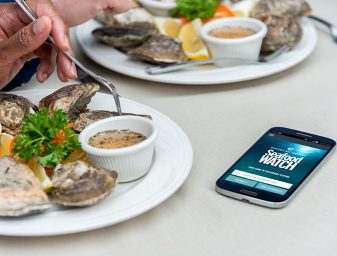
We welcome the opportunity to comment on a recent article by Claude E. Boyd titled, Thoughts on improving responsible aquaculture intervention efforts. We appreciate the questions Dr. Boyd raised on the applicability of seafood ratings programs to wild and farmed seafood products. While we agree with him that such programs are useful for wild capture fisheries, we’d like to address two concerns he brought up regarding their applicability to farmed seafood, with respect to the Monterey Bay Aquarium’s Seafood Watch® program.
The first is that “Cards do not take into account the great variation in farm performance within a country or among countries.” While Dr. Boyd offers a fair indictment of pocket cards, it is important to recognize the growth and expansion of ratings programs like Seafood Watch, which extend far beyond the consumer cards. Seafood Watch engages with global partners in business and industry operating at all levels of sustainability to provide guidance on improvement toward desired sustainability target levels. Cards are an important tool used to maintain the interest of consumers in sustainable seafood products, which helps to maintain market demand.
All educational materials designed for use by consumers are underpinned by a far more detailed dataset and analysis than is possible to include on a pocket-sized guide. For example, while a typical Seafood Watch pocket card may have 60 to 70 ratings, the full dataset and analysis is closer to 2,000 ratings, with all of the underlying information used to determine the recommendation fully transparent on our website and on our free Seafood Watch App. Pocket guides are only one tool used to maintain the interest of consumers – they are not designed to be an exhaustive list of recommendations, cover all the information used to make assessments, or be used by businesses to inform their purchasing decisions.
All Seafood Watch scientific assessments and subsequent ratings of fisheries and aquaculture operations are completely transparent and available on our website. We adhere to a robust process in developing the ratings, which includes a full peer-reviewed assessment and an online platform where external comments can be entered at any time. The assessments are an application of the Seafood Watch Standards for Sustainable Fisheries and Aquaculture, which are created with a fully transparent and multi-stakeholder driven process; please visit our site to see the process for standard setting and the report process. We welcome any feedback on our methodology or on any report, which can be found here.
More broadly, ratings programs have developed aquaculture standards that can be applied at any scale – from the individual farm, through a group of coordinated farms, or to an entire industry operating within a country or region. Over time, these standards are being applied at an ever more granular level, as this is what the market and producers demand and the increasing availability of data allows.
Seafood Watch is a comprehensive, globally recognized ratings program with significant market power that not only assesses the ecological performance of aquaculture producers globally, but also drives improvement on the ground using market-based tools.
While the focus of many aquaculture assessments is still the country or regional level, the number of company-, product- or farm-specific assessments is increasing as producers provide data, suggesting they outperform the industry in the region where they are operating. Country- or regional-level assessments consider all available data and information in making an assessment; the best and worst performers are acknowledged and factored into the scoring. Here, ratings programs can work together with certification groups to more efficiently target problem areas and recognize outperformers.
The second point raised by Boyd is that “rating systems do not encourage producers to improve their performance.” This is simply an outdated view of the Seafood Watch program. We are aware of many specific cases where our program has motivated producers to make improvements to a performance level consistent with a Seafood Watch yellow, or “good alternative,” rating. There is increasing interest among producers looking to improve from a Seafood Watch yellow rating to our green, or “best choice” rating level, as well.
Typically this is driven by producers who want access to the North American and European markets that have very strong retailer and foodservice commitments to sustainable sourcing, and producers wanting to differentiate their production methods. As a specific example, Seafood Watch was invited in 2013 to participate in a Steering Committee convened by USAID, including Southeast Asian shrimp industry representatives and NGO stakeholders in the region. The purpose of the Steering Committee was to find a way by which Southeast Asian shrimp farmers can improve environmental and social performance and gain access to the U.S. market, where there is an unmet demand for environmentally responsible shrimp.
The Steering Committee’s work resulted in development of a model under which small farmers in Southeast Asia can improve their shrimp farming methods, incorporating both environmental criteria based on Seafood Watch standards as well as social criteria to address human rights concerns on farms. The proposed model was reviewed by stakeholders in three public meetings, had open public comment periods and received input from over 200 public and private stakeholders from Cambodia, Indonesia, Vietnam, the Philippines and Thailand.
The entire process has been overseen by a 14-person Steering Committee that includes Seafood Watch (as a non-voting member) and shrimp aquaculture industry stakeholders from Thailand, Vietnam, Indonesia and the Philippines, who are the decision makers for every aspect of the process. Today, Seafood Watch is successfully working directly with farmers throughout Southeast Asia to make improvements based on the Seafood Watch standards.
In summary, the concerns raised in Dr. Boyd’s article may have been accurate a decade or so ago, but we do not believe that to be the case today. Seafood Watch is a comprehensive, globally recognized ratings program with significant market power that not only assesses the ecological performance of aquaculture producers globally, but also drives improvement on the ground using market-based tools. Instead of being perceived as competitors, quality ratings programs and certification programs can together be an effective framework for providing information to the end user and supply chain, and forging improvements at the producer level.
Authors
-
Wendy Norden
Wendy Norden directs the science team of Monterey Bay Aquarium’s Seafood Watch program, maintaining a rigorous scientific framework to evaluate the sustainability of wild fisheries and aquaculture operations.
-
Lisa Tucker
Aquaculture Program Manager
Seafood Watch -
Taylor Voorhees
Senior Aquaculture Scientist
Seafood Watch -
Tyler Isaac
Aquaculture Scientist
Seafood Watch
Tagged With
Related Posts
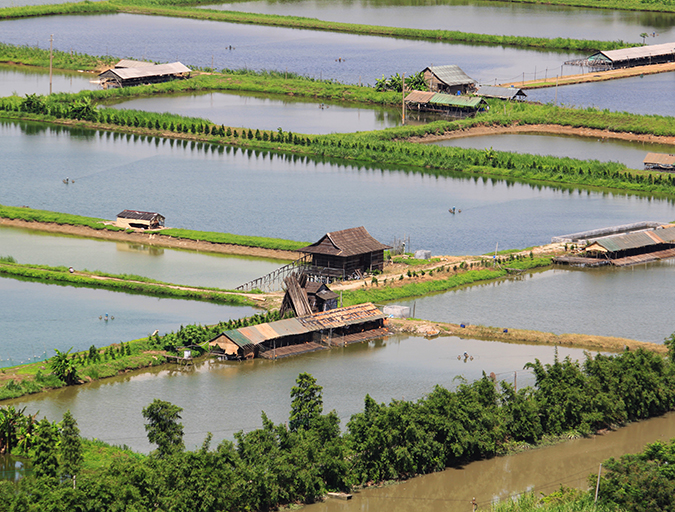
Responsibility
Aquaculture certification steers to zone management
Zone management is an emerging field of interest among industry stakeholders. Experts say it will aid in controlling diseases and in determining carrying capacities. We take a closer look at the management tool’s potential.
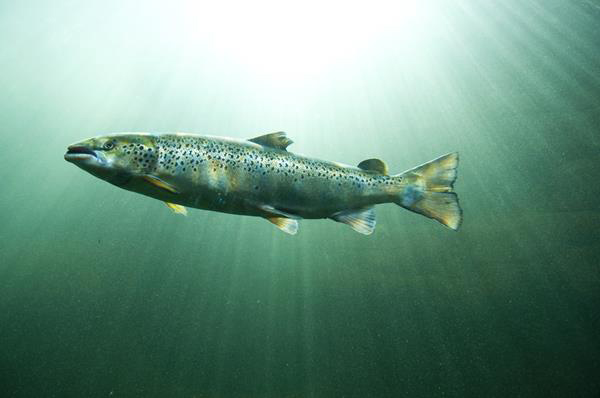
Intelligence
Yellow Seafood Watch rating opens doors for Maine farmed salmon
Only farmed salmon from four regions in the world have earned a “best choice” or “good alternative” buy ranking from Seafood Watch. Maine-produced product is now an option for retailers and restaurant buyers who follow the Monterey Bay Aquarium’s influential recommendations.
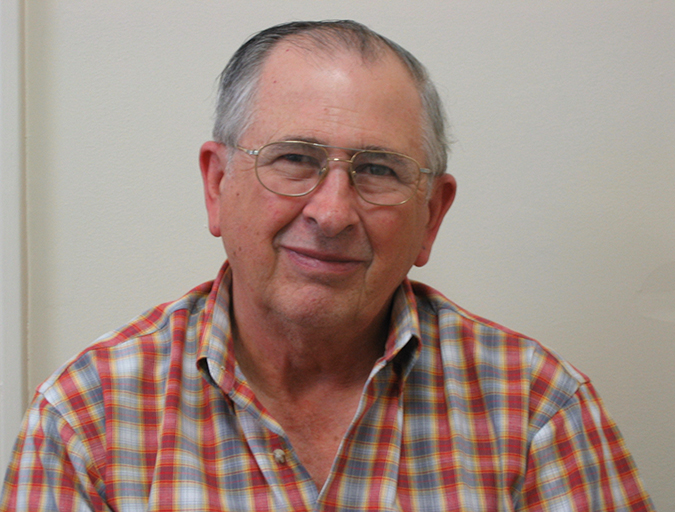
Innovation & Investment
After half a century, Auburn’s Claude Boyd to ‘retire’
Friends, colleagues and former students of longtime Auburn University Professor Claude E. Boyd, Ph.D., don’t expect the Mississippi native to slow down, despite the quiet announcement of his retirement earlier this month. The 50-year veteran researcher’s career has been truly extraordinary.
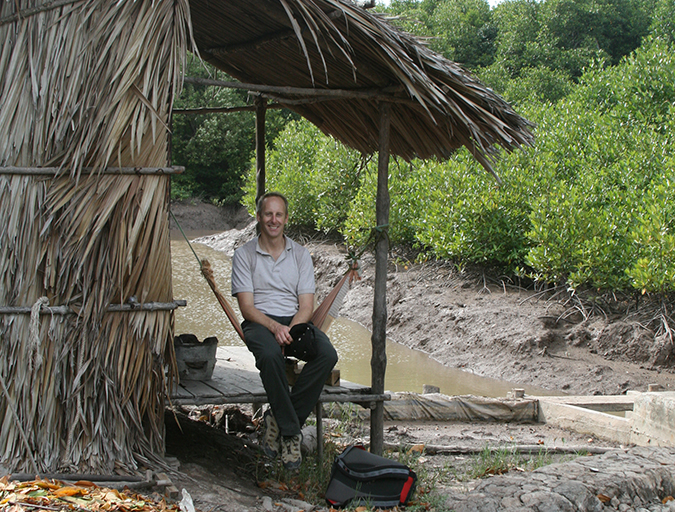
Responsibility
Aquaculture Exchange: Peter Bridson
Peter Bridson, who steered aquaculture research for Seafood Watch and its highly influential marketplace recommendations for six years, now runs his own consultancy, Seagreen Research. He discusses global food security, certification standards and gradually changing perceptions about farmed salmon.


